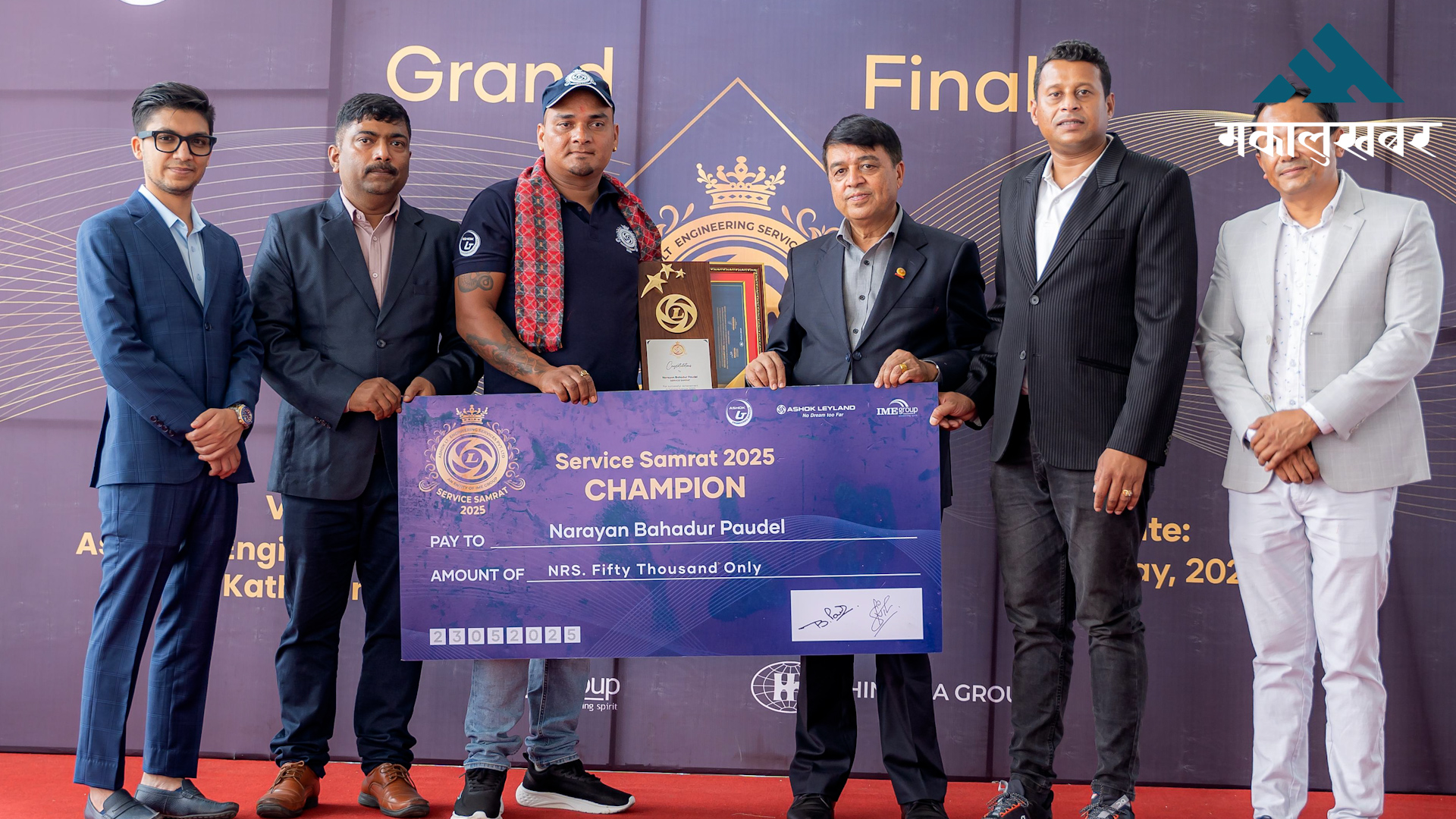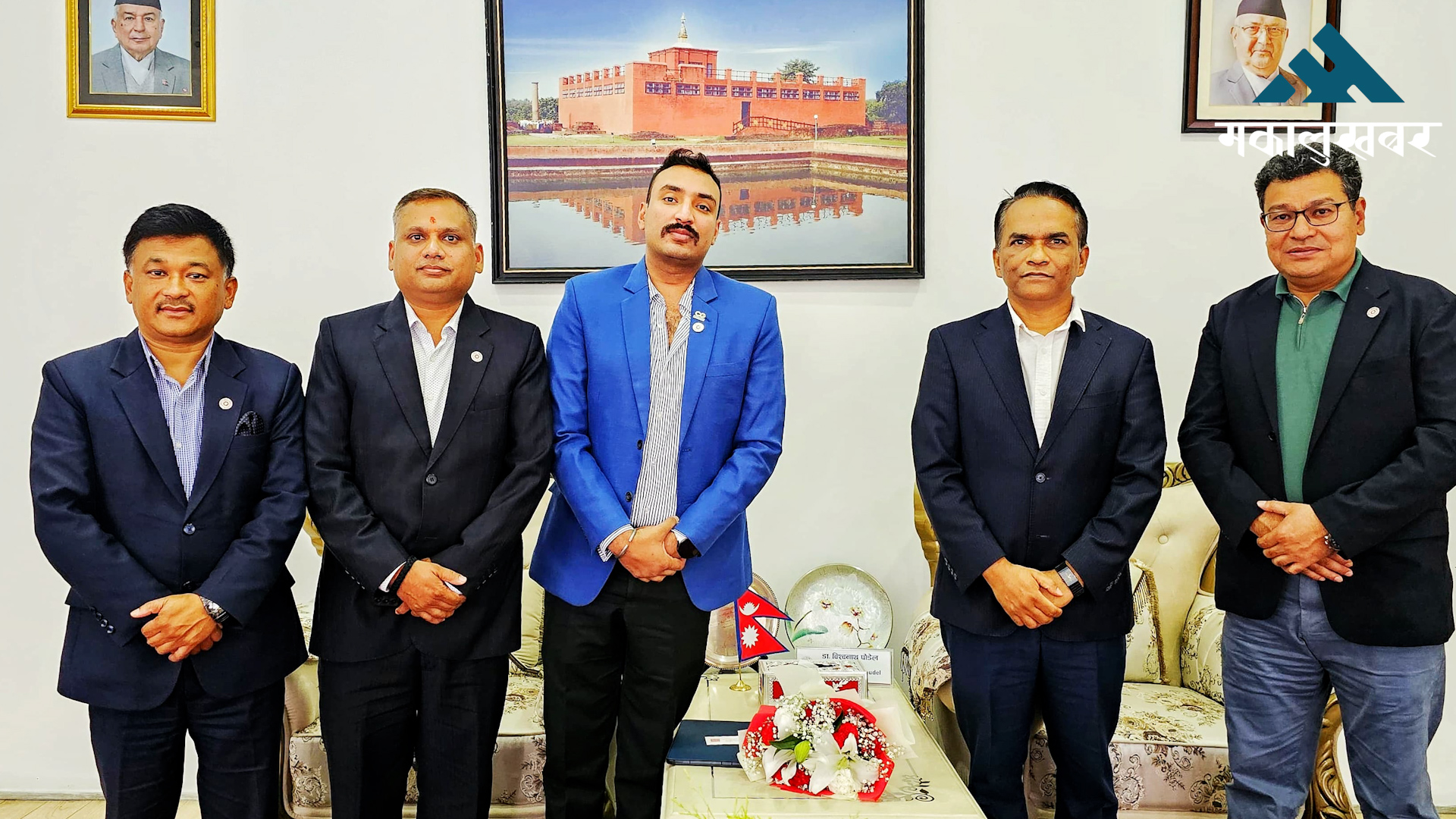Diversion Tunnel of 216 MW UT-1 Project completed
It has successfully built a 420-meter-long, 5-meter-diameter concrete-lined diversion tunnel.

KATHMANDU: The diversion tunnel for the 216 MW Upper Trishuli-1 (UT-1) run-of-river hydroelectric project in Rasuwa District has been ended.
In Rasuwa District, UT-1 is the largest hydroelectric project under construction with foreign direct investment for domestic consumption.
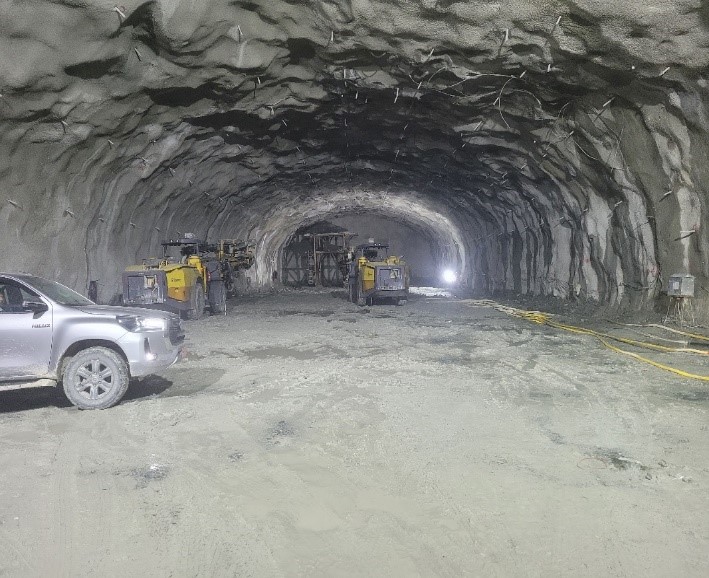
It has successfully built a 420-meter-long, 5-meter-diameter concrete-lined diversion tunnel. On Feb 28, 2023, the Trishuli river was diverted through a diversion tunnel to begin construction of the head works.
Mr. Tae Hak Yoon, CEO of Nepal Water and Energy Development Company, stated that the river diversion is a significant achievement in constructing the UT-1. The Project has made progress by completing a 4.5 km excavation of the 13.5 km tunnel, which includes the headrace, adit, and tailrace tunnel.

The excavation work of the underground powerhouse has advanced by 21%, and the overall progress rate of the Project is 14%. The team is striving to complete the Project within Dec 2026.
The main construction of the project began in January 2022 and is expected to be completed in Dec 2026. At the construction site, approximately 700 workers are employed, including 300 local residents from the Project-affected Rasuwa district. Doosan Eneribility is the Project’s engineering, procurement, and construction (EPC) contractor.
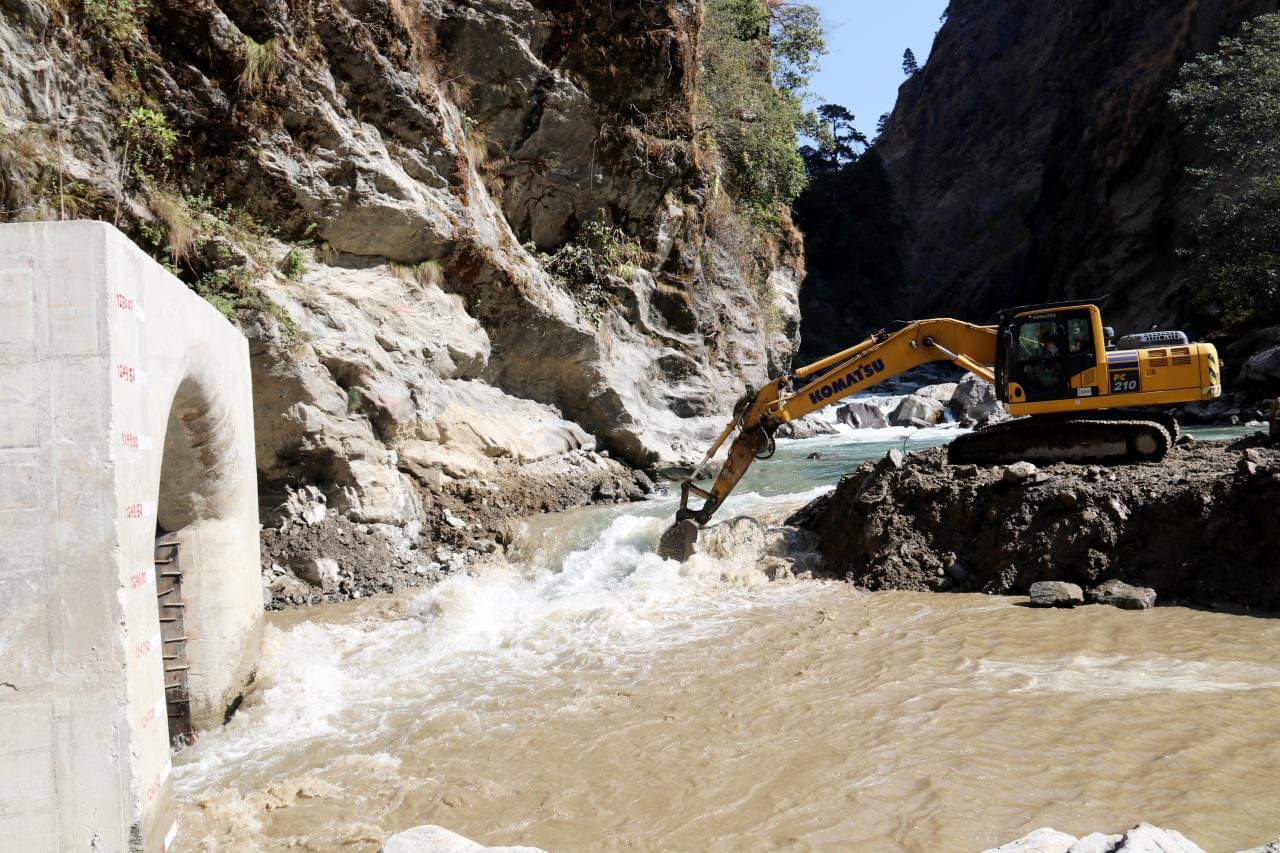
The 647.34 million USD (including Interest during Construction) project is financed through 70% debt and 30% equity.
The project partners will provide an equity investment of 194.20 Million USD. In comparison, the debt of 453.12 million USD is being provided by a group of international lenders, including the International Finance Corporation (IFC), Asian Development Bank (ADB), Korean Exim Bank (K-EXIM), Korean Development Bank (KDB), Asian Infrastructure Investment Bank (AIIB), FMO (The Netherlands), the British International Investment (BII), Proparco (France), and the OPEC fund for International Development (OFID).

The shareholders of NWEDC include Korea South-East Power Company Limited, Korea Overseas Infrastructure and Urban Development Corporation, International Finance Corporation, and a local Nepalese partner.
In the future, the Project affected communities will be made available a right to apply for 10% of shares of the Project. UT-1 is expected to generate up to 1,533 GWh of electricity.
The Project will generate 38.75 percent of its total annual energy during the dry season, which is higher than most other run-of-the-river hydropower projects in Nepal, and will thus contribute significantly to managing the dry season electricity shortfall.
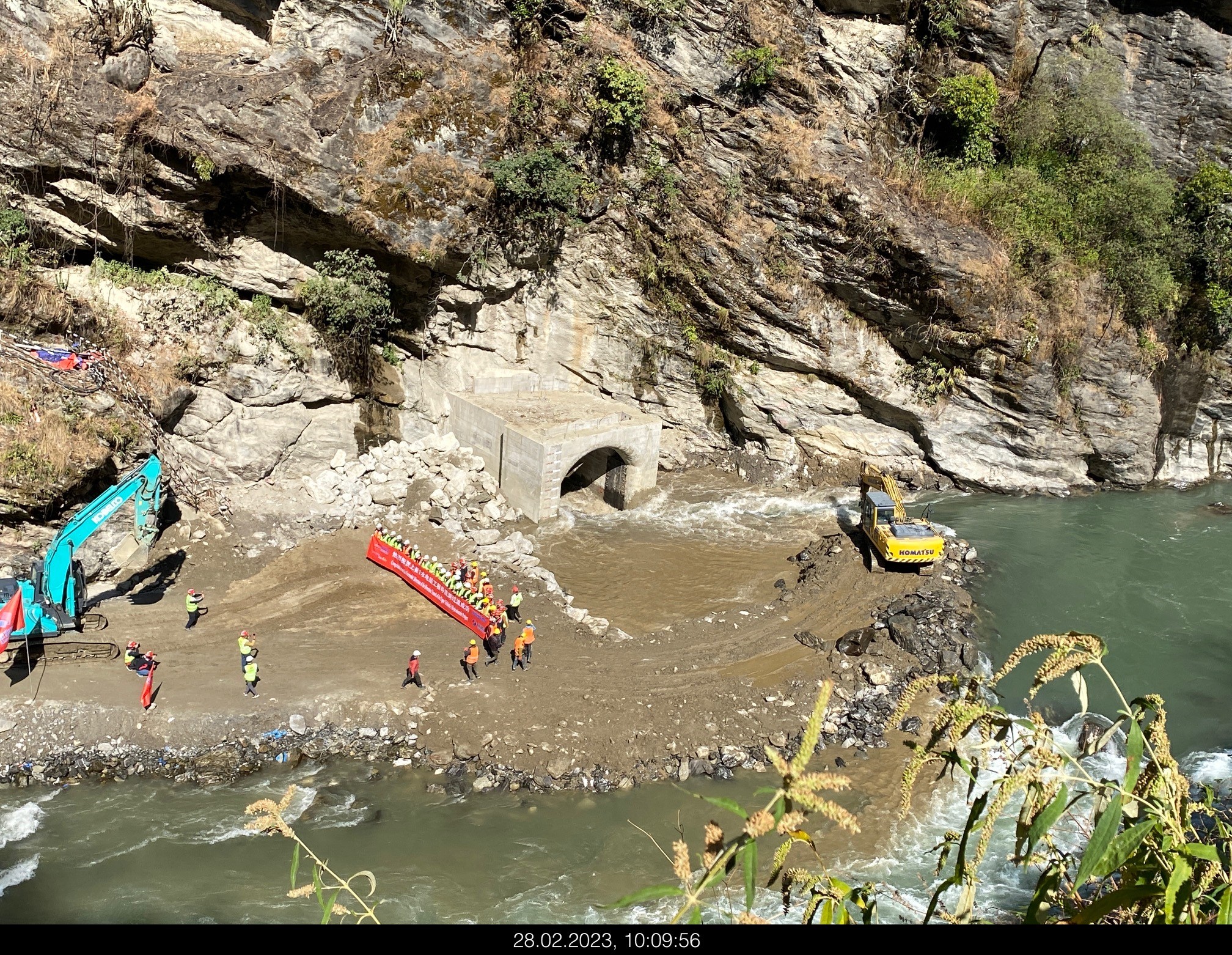
The Project is very attractive for the country’s power system as it is close to the Kathmandu Load Center and will get 104 MW of electricity even in the dry season with high electricity demand. The generated energy will be fed into the national grid via the Trishuli-3B hub substation, which the Nepal Electricity Authority is building.





